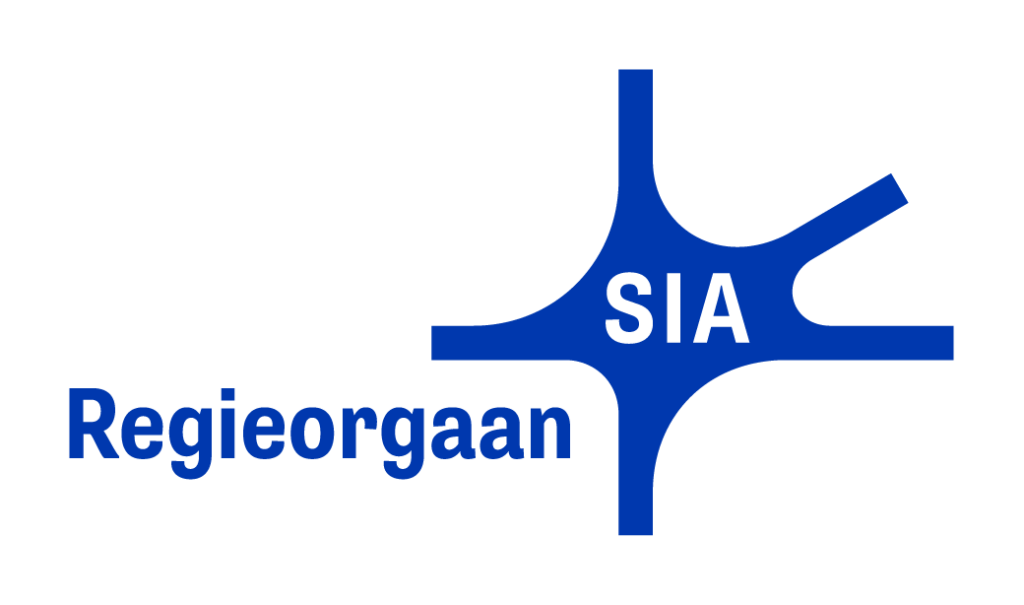About
Transition-Scapes
A research project on interactive exhibition formats that depict future scenarios on the energy transition
The research project Transition-Scapes, led by the Civic Interaction Research Group at Amsterdam University of Applied Sciences, explores interactive exhibition forms visualizing future scenarios about the energy transition. The goal is to make the implications of the transition understandable and open for discussion at the level of the neighborhood. The interactive format should enable exchange and mutual learning between residents and institutional stakeholders, allowing them to collaboratively explore future pathways for the energy transition.
With design professionals, exhibition designers, experts in the field of the energy transition, researchers, policymakers and students we are exploring the design of such a tool in a research-through-design trajectory. By developing Transition-Scapes for Amsterdam Haven-Stad and Huis van de Toekomst in Rotterdam, we will gather design insights into how such tools can be designed and employed. See more details about these two cases below.
“ In Transition-Scapes, we develop an interactive exhibition format that makes the implications of the energy transition understandable and discussable at the level of the living environment. With this tool, we want to give room to more imagination, co-creation and ultimately institutional change when it comes to large transitions in our society.“ – Linda Vlassenrood
Haven-Stad
Haven-Stad is the current industrial area in Amsterdam between Sloterdijk, the Westerpark and in the north the Cornelis Douwes site and the Noorder IJ-plas. In the coming decades, this area will transform into a new urban development with 40,000 to 70,000 new homes, 45,000 to 58,000 jobs and commercial functions. Haven-Stad is currently the largest urban expansion in the Netherlands. In some areas, homes cannot be built until 2029, but construction has already started in Sloterdijk. The developments of Haven-Stad will run until 2055. Due to the combination of living, working, water, mobility, climate adaptation and energy neutrality, this area is a model for many spatial challenges.
Huis van de Toekomst
Huis van de Toekomst was founded in Rotterdam in 2019 by artist Melle Smets, and it is a neighbourhood initiative in the J.J.P. Oudblock, a residential building block with social housing in Bospolder-Tussendijken (BoTu). BoTu is one of the poorest neighborhoods in the Netherlands and one of the first Rotterdam districts to become natural gas-free. The goal of Huis van de Toekomst is to turn the building block into an energy community that is entirely free of fossil fuels, creating a living example of what a human-powered community could look like. In 2024, 14 houses and courtyards will become one shared household where neighborhood strength is central. Baking bread together, insulating houses from old clothes, a charging garden for people and animals, natural gas-free cooking, yoga, massages and other bodywork. This is how the energy community is created with human power as the vital energy source.
The TransitionScapes project will run from 2023 to 2025 and is financed by Regieorgaan SIA – Raak MKB.

Contact
Project Manager
Jorgen Karskens
AUAS – Civic Interaction Design Research Group
j.r.karskens[at]hva.nl
Join our community of practice
We would like to invite you to join the Community of Practice group on Signal, where we share thoughts, interesting readings, conferences, or other media that relate to the Transition-Scapes project.
Stay up to date with the project by subscribing to the quarterly newsletter below.
Check out our past Newsletters
Newsletter #1 – MAR 2024
Newsletter #2 – JUL 2024
Newsletter #3 – NOV 2024
Newsletter #4 – MAR 2024